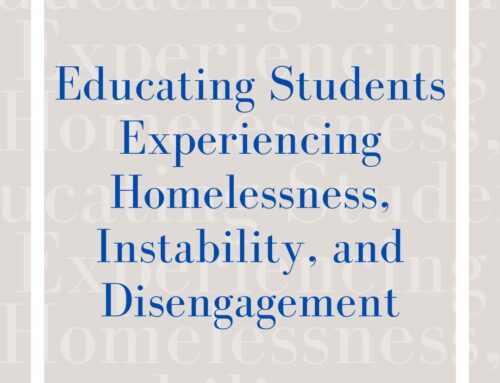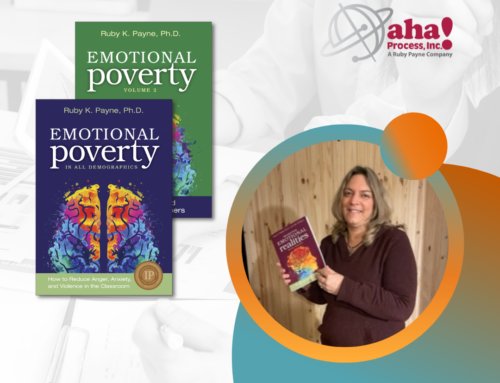Within all of us are three very distinct voices. We tend to use the voice that we think will get us what we want at that moment, or the one that will make the person we are speaking to listen to us and respond.
The first voice is labeled our “child voice.” Simply put, it is our “whining voice.” We use it when we want people to feel sorry for us or to feel guilty for wronging us in some way. Regardless of how old we are, we can slip into this voice. Some of us never fully lose it from childhood. It can often be annoying to others if it is your dominant voice. While most folks will feel sympathetic for a short time, they will begin to avoid you or “tune you out” if you use the child voice overly much.
In children, the child voice is evident in phrases such as: “Nobody likes me,” “You’re just mean to me for no reason,” and, “I never get to be first.” Even the most tolerant teacher grows impatient with the continued use of the child voice. For children who have been forced to assume adult responsibilities too soon, this voice is also used as a defense mechanism or when seeking attention.
 The second voice is described as the “parent voice.” This is our “telling” voice. It is unique in that it has both positive and negative applications. Sarcasm and discouraging comments are at the root of the negative parent voice. Some teachers try using this voice to “shock” or embarrass students into compliance. It rarely, if ever, achieves the desired results, and it severely hinders the development of a mutually respectful relationship.
The second voice is described as the “parent voice.” This is our “telling” voice. It is unique in that it has both positive and negative applications. Sarcasm and discouraging comments are at the root of the negative parent voice. Some teachers try using this voice to “shock” or embarrass students into compliance. It rarely, if ever, achieves the desired results, and it severely hinders the development of a mutually respectful relationship.
The positive parent voice, however, has the exact opposite effect. Directives/instruction and information are delivered using language that is firm and controlled, yet nonthreatening. The speaker’s point is clear, but not hurtful or ugly. Expectations are specific and clearly outlined. The positive parent voice can be instrumental in creating a healthy learning environment and relationships with others.
Our most underrated voice is the “asking” voice, which we label the “adult voice.” Of the three, it is the voice that helps to create the strongest pathways for learning. The speaker asks questions that the listener must think about and process. “How can you finish your math, Jack, if you are walking around the classroom?” or, “What should you do first to get the correct answer?”
Like the positive parent voice, it is deliberate but respectful. The most current (and most sensible) education trend insists that students examine data and systematically arrive at logical conclusions. The adult voice encourages planning behaviors. Going inside your head to ask yourself questions about a task promotes task completion with fewer errors and greater understanding.
In a world that changes daily, we must continue to look for best practices that encourage academic and social excellence. Being aware of the voices we use to communicate allows us to “check ourselves” and to make the necessary adjustments.









